You may have heard the old adage: you are what you eat?
While it's indisputable that our physical bodies are fashioned from the foods we've eaten since we were a tiny cell in the womb, did you know it's also true that your food is affecting your thoughts and emotions?
Ayurvedic cooking is about exercising awareness around how the food you eat impacts the body, and the mind.
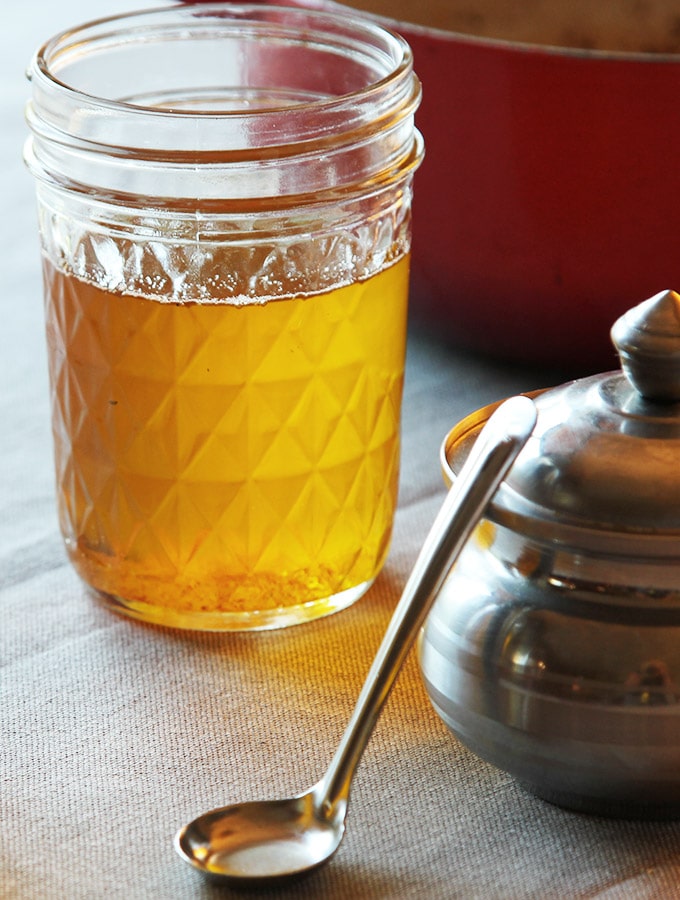
Energetic qualities of food
Ayurvedic cooking is about becoming familiar with the energetic qualities of food.
This goes beyond foods' color, superficial taste, and texture. I am speaking of its energetic qualities.
According to Ayurvedic wisdom from India, as well as Traditional Chinese Medicine, all matter contains energetic qualities that we cannot see, but we can experience.
The most commonly discussed qualities in food are dry, oily, heavy, light, hot, and cold.
Each of these qualities has an impact on how the body functions, as well as on how our mind functions.
The understanding in Ayurveda is that our bodies contain these exact same qualities. In fact, it's the unique distribution of the qualities that makes each of us unique.

It's too much, or too little, of one (or more) quality that is the source of physical or mental suffering.
So the big thing to understand is that what we eat either increases, or decreases, these qualities in our bodies.
Ayurveda practitioners like myself use this knowledge to recommend foods and herbs to correct imbalances in the body due to the imbalances in the qualities that have led to discomfort or disease.
While there is a very clinical approach within Ayurveda for this, for most people a great place to start is to approach Ayurvedic cooking with the goal of cooking balanced meals.
This way you can start to balance mind and body.
Ayurvedic cooking is balanced cooking
Imagine you are juggling balls, or carrying a bunch of dishes of different shapes. To keep everything in the air, you must constantly adjust.
This is to say that balance is always fluid. There is no single solution that will always work. The skill is to learn how to adjust as you go about your day.
You get started by learning about the elements and qualities that are part of a balanced system, then you learn to juggle them.

Juggling means you must understand yourself, and pay attention to how things in your life impact your sense of internal calm.
In my experience, cooking is the easiest way to practice mind-body balance.
Since foods have an impact on your mind and body, you can notice how you feel dissatisfied when your meal is unbalanced.
It could be too salty, too sweet, too spicy, or anything else.
When you’ve achieved balance, it should taste, and feel, like a blissful eating experience.
Next steps
If I've piqued your interest, and you'd like to learn more about how to cook Ayurvedically, and enjoy balanced dishes every day, I recommend that you download my "7 Steps to a Blissful Dish" using the form below.
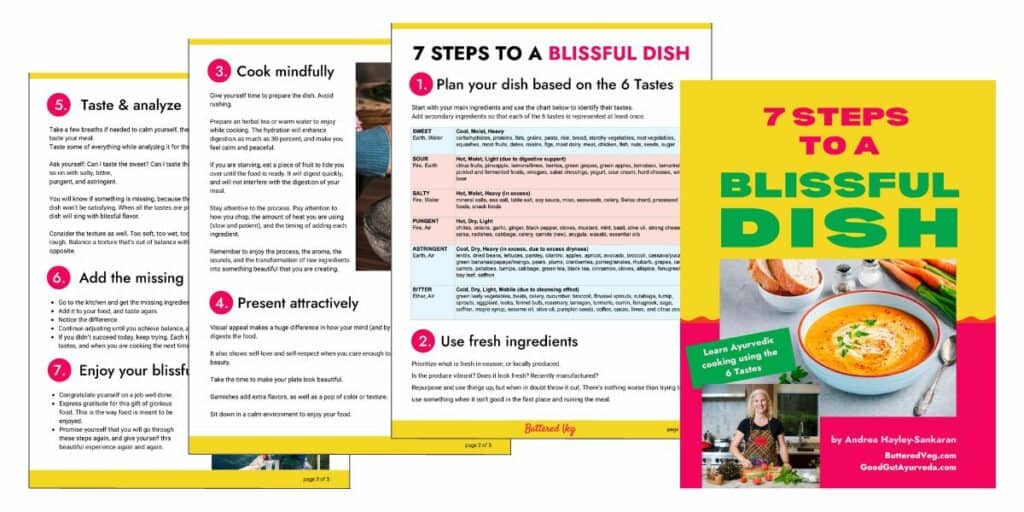
This resource is the easiest way to start cooking with the Ayurvedic 6 Tastes, which are sweet, sour, salty, bitter, pungent, and astringent.
Each taste contains potent qualities, and so the first step in Ayurvedic Cooking is getting these qualities balanced in your cooking.
I know that you are going to love this resource. It's the exact process I used to learn to cook with Six Tastes, and create balance every single time.
The very best thing is that I get to enjoy a blissful eating experience every day!
I know that you can have your bliss too!
Make sure you get this resource to get started.
For more information, and another opportunity to learn, check out how to create bliss from your food by cooking with the six tastes.
If you find Ayurvedic cooking interesting, I highly recommend that you read this too!
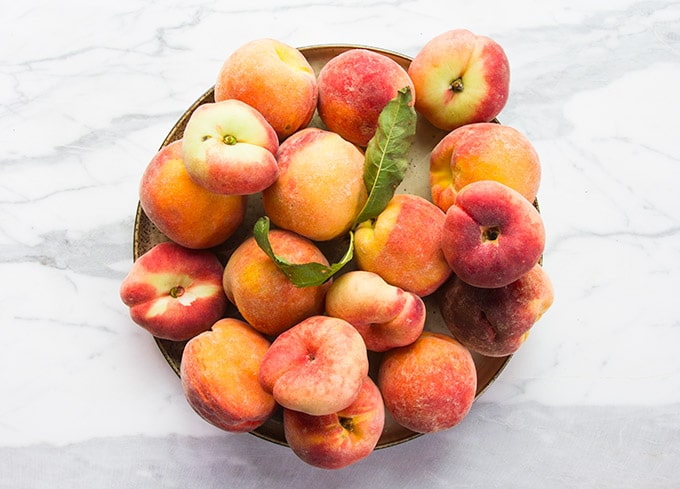
If you liked this post, please share it with your friends, or leave a comment below.
For more Buttered Veg lifestyle content, follow me on Pinterest, Facebook, Instagram, and YouTube.
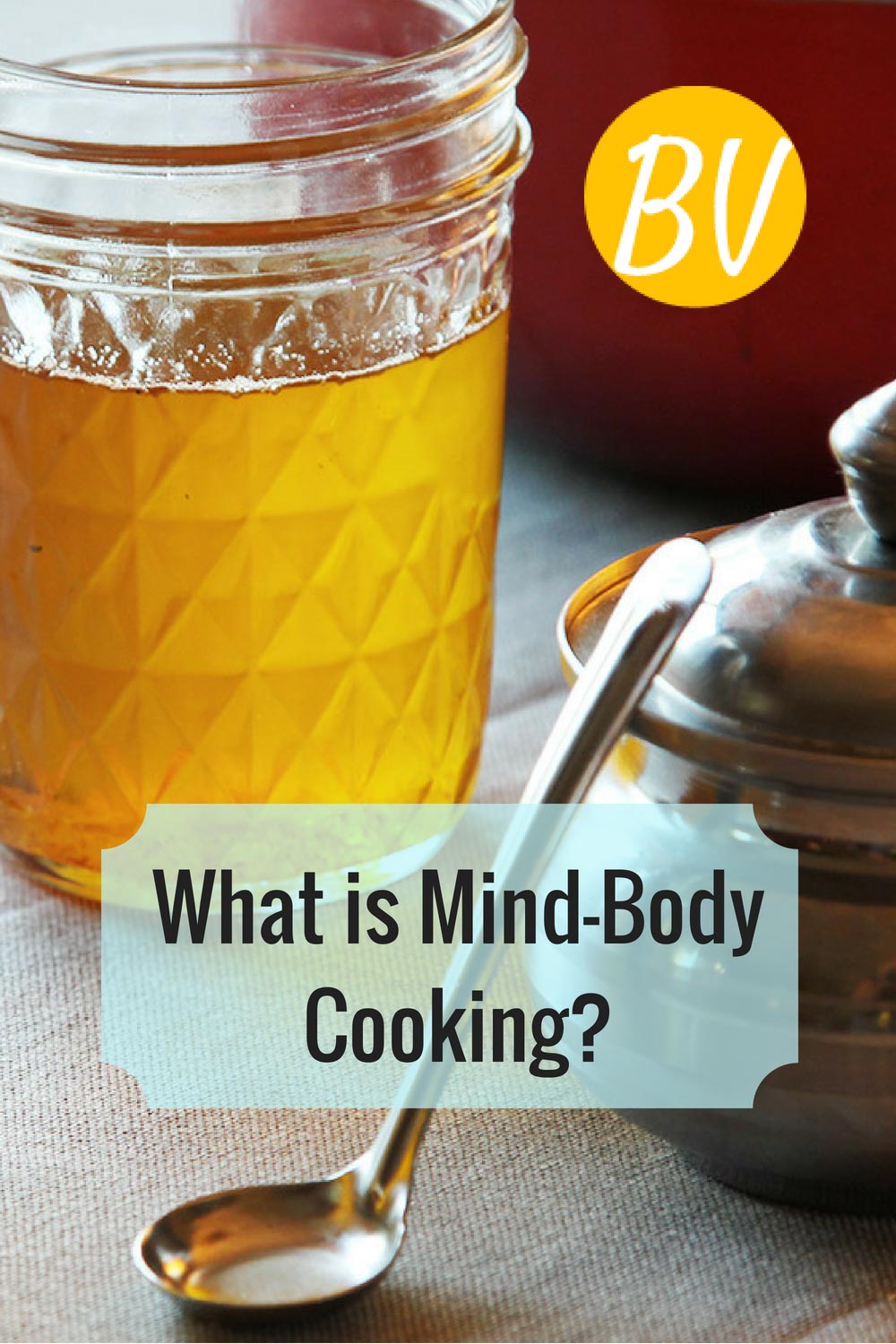

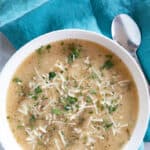
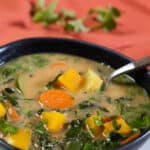
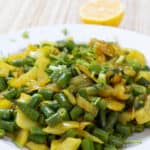


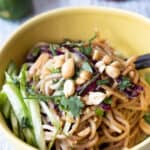

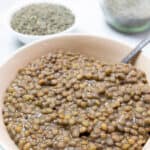
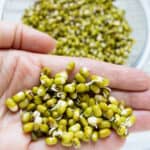
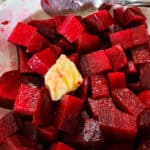




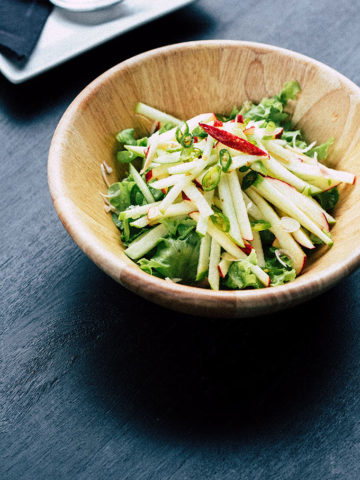
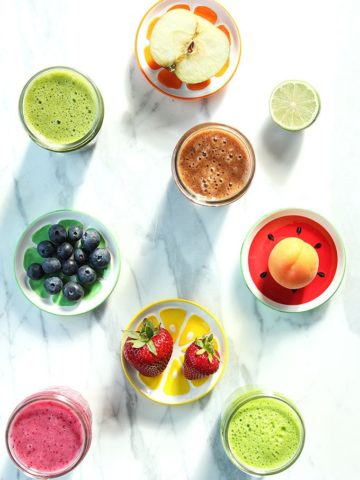
Lisa
I''m new to Ayurveda and have been practicing WFPB eating since January 2022, per my new doctors request.
I'm reading ton of stuff to help understand Ayurveda and have felt overwhelmed at times., but still intrigued.
I like how honest AND realistic you are with your interpretation of Ayurveda practices.
I'm curious to where I can find MORE articles that highlight Ayurveda from your blog?
Andrea
Hi Lisa,
Thanks for the feedback, and welcome to Ayurveda. I really do try to be practical in my how I present Ayurveda to make it as accessible as possible. I have another website at GoodGutAyurveda.com where I publish content and offer workshops, classes, courses, and programs. Please sign up for my newsletter there, where you can learn more specifically on Ayurveda. -- Andrea